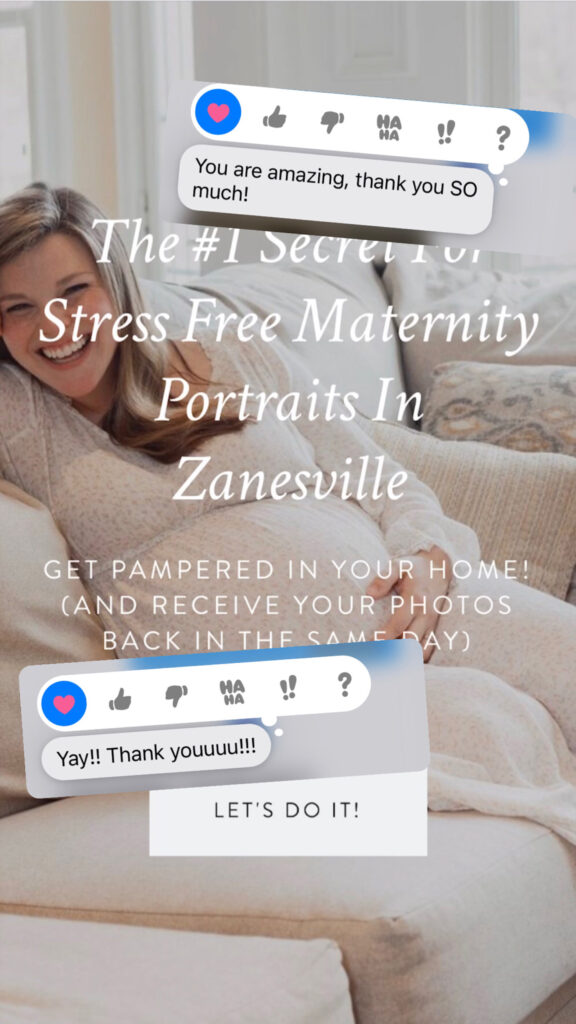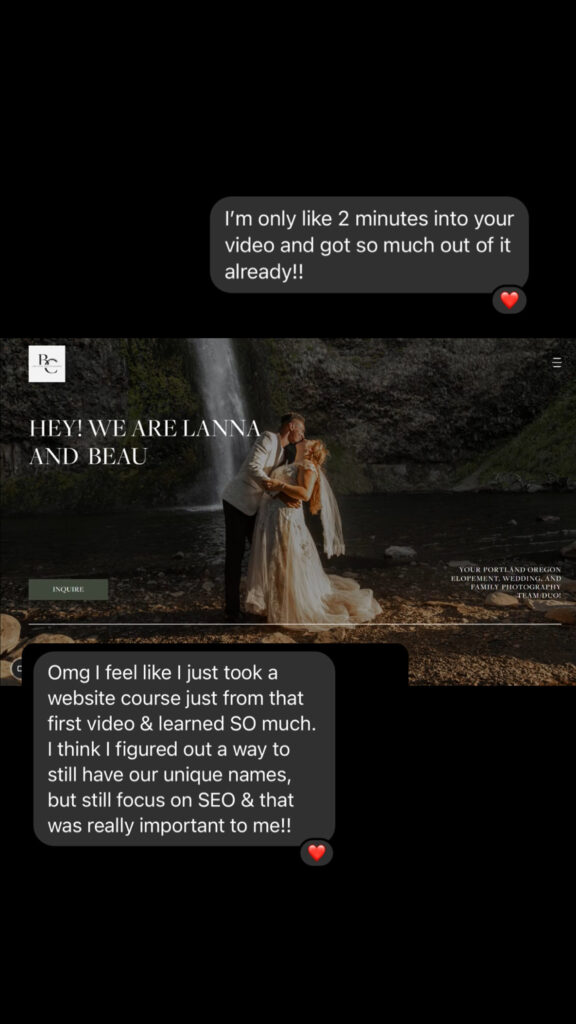Categories
i'm Maggie
Your average Canadian, who loves hot tea, hates socks and helping your business have a show-stopping brand and website
Branding
Design
Websites
About Maggie
The Ultimate Website Check-Up: Pro Tips for Improving Your Site
As a Showit Design Partner with nearly a decade of experience in websites and SEO, I’ve seen it all when it comes to website design challenges. A website audit is a powerful way to make sure your site is not only visually stunning but also user-friendly, legally compliant, and optimized for search engines. Below are some of the most common tips I share during website audits that can help transform your online presence.
Seven Common Tips I Give in an Audit
1. Make Navigation Scroll-Friendly
While having calls to action (CTAs) at the top of your page is essential, don’t forget that not every visitor wants to be boxed into a choice right away. Some users prefer to explore your site before deciding on an action, so it’s crucial to allow your navigation to scroll down the page. This means visitors can browse freely and take in more of your content before making a decision. A sticky or floating navigation menu can help keep your options accessible as they scroll, improving user experience. This is the number one item I see when I complete an audit.

2. The Importance of a Privacy Policy
A privacy policy isn’t just a nice-to-have—it’s a legal requirement. Read more about that from Laywer, Paige Griffith at thelegalpaige.com. Whether you’re collecting email addresses, tracking user behavior, or simply using cookies, you need a privacy policy to protect both you and your visitors. Not having one can lead to fines or other legal issues.
3. Avoid Keyword Stuffing
We all want to rank high on search engines, but keyword stuffing is not the way to do it. Loading your website with excessive keywords can make your content feel forced and unnatural, which turns visitors off and can even get you penalized by search engines. Instead, focus on creating high-quality, engaging content that naturally incorporates relevant keywords. Remember, SEO is about balance!

4. Design Mobile-First
Did you know that more users are viewing websites on their mobile devices than on desktops? Semrush states that mobile views on websites were 81% more than desktop views in 2020. That’s why it’s crucial to design your website with a mobile-first approach. This means prioritizing the mobile experience when designing your site. During your audit, I’ll ensure that your website is not only responsive but also optimized for smaller screens, ensuring a seamless experience for all users. I will note this in the audit as well.
5. Use a Readable Font Size on Mobile
Speaking of mobile design, one common mistake I see is using fonts that are too small for mobile screens. If your text is difficult to read, visitors won’t stick around. Aim for a minimum font size of 16pt to ensure your content is easy to read across all devices. I’ll check your font sizes during the audit to make sure your text is both readable and visually appealing.

6. Ensure Text Stands Out Over Images
Placing text over an image can look beautiful, but if the text doesn’t stand out, it can be hard to read. To avoid this, make sure there’s enough contrast between the text and the background image. Whether you’re using colour overlays or shadows, the goal is to make your message clear and easy to read, no matter the design.

7. Spread Out Your Calls to Action
Finally, don’t just stick your calls to action at the top and bottom of your page. Spread them out to guide users throughout their journey on your site. Place CTAs in multiple locations and ensure they lead to various places, rather than all directing to the same page. This way, you’re giving your visitors more opportunities to engage with your content and take action without feeling overwhelmed.
Ready for Your Website Audit?
A website audit is more than just a check-up—it’s an opportunity to refine, optimize, and elevate your online presence. If you’re ready to give your website the attention it deserves, let’s chat! I’ll walk you through the process with a personalized video audit, offering clear, actionable steps to make your website truly shine. Learn more and sign up for an audit here.